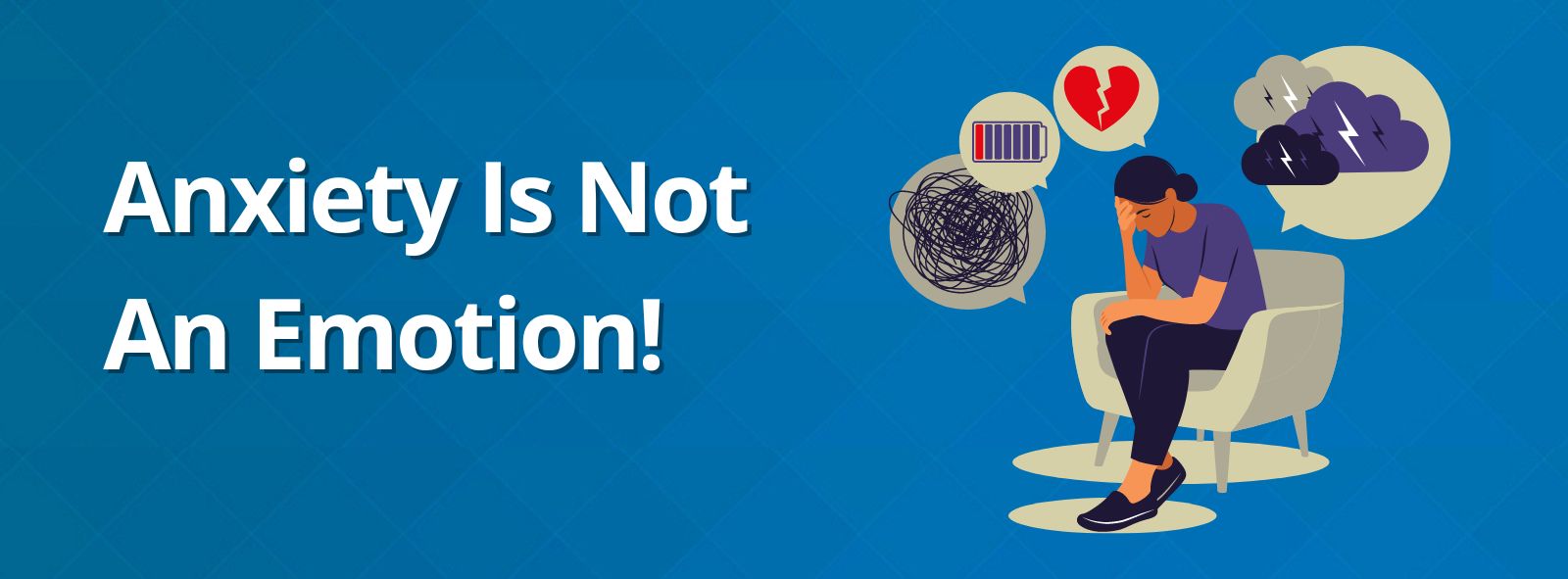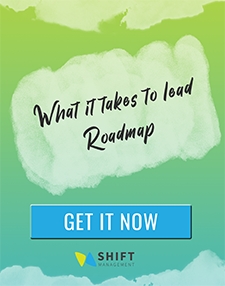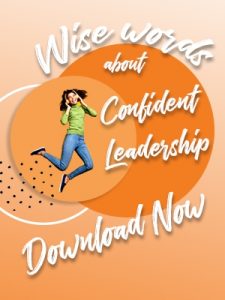Did you know that anxiety is not an emotion?
What is anxiety?
You may believe you “feel” anxious but in reality, you are sensing anxiety. Anxiety is a physiological reaction from the fight/flight function of the vagus nerve. It triggers the adrenals (top of kidneys) to shoot cortisol and adrenaline into your nervous system and sets off an alert to potential danger. You feel it as a “state” in your solar plexus above your kidneys.(Thanks to Marie-Helene Pelletier for some excellent insights on this topic from her book “The Resilience Plan”.)
But just as anxiety is not an emotion, the hormones it sends out to your body are in most cases (unless you are being pursued by a wild animal or in a war zone) not signs of real danger. This makes anxiety “homeless”. It is a moving target in search of a home, but it is always being kicked out, because of bad behaviour! Anxiety can never be satisfied.
Which makes it a close partner to perfectionism. Never happy, never good enough, never completed. Anxiety, perfectionism, criticism, and paranoia cause repeating neurological thought loops, entrenching fear (false expectations appearing real). This leads to catastrophizing (seeing disaster around every corner) or magical thinking (belief that unrelated events are connected despite absolutely no evidence) because remember – these thinking patterns are the result of anxiety, so they chase around looking for a place to live. Nobody wants to let them in permanently since they are so disruptive.
Emotions on the other hand, are our friends. Whether they are pleasant or unpleasant, they ask to be acknowledged and felt. When we do acknowledge our emotions they are free to transmit messages necessary to both surviving and thriving. But because we aren’t very good at acknowledging and accepting our emotions, they keep returning and eventually get stuck somewhere in the body. You may sense stuck emotions in the muscles, organs or entire areas of the body where they create stiffness, pain and inflammation. This sounds terrible doesn’t it?
But there’s hope!
There are three practical things you can do – or rather -un-do, to create and sustain feelings of calm, peace and confidence.

Tip #1: Success List
The first one is cognitive. For this I like to use an activity that came first from the Productivity Ninja book, and then really came into focus for me with the Asian Efficiency blog. The activity is called “moving your to-do list to a success list”. Start with a sticky note pile and a pen or pencil. Put on a timer for two minutes and write the first “to do” thing that comes up on a sticky note, rip it off and put it aside. Keep going until your timer goes off. Then look for categories to put them into piles. Put the top priority for each pile on the top of the pile.
That becomes a no-more-than-3-items “success list”. Whenever you feel overwhelmed or notice obsessive thought habits kicking in, do this activity with the three daily priorities visible where you can mark them “completed”.
This is calming because you tell yourself you only have three tasks you can do today, and there is only one thing you must do today. Other items can go onto your must-do one thing for the week and for the month. The result is a sense of calm and order. It feels satisfying.
Tip #2: Use anxiety as a cue to notice your breath and name your feeling
The second one is to become consciously aware you are breathing and then consciously aware of whatever feeling you are experiencing in the moment. If you do this once a day, then make it a practice whenever you notice sensations of anxiety or obsessive thinking, it will calm your nervous system and replace danger signals with signals of well-being. If at some point you are actually in a dangerous situation, the practice of noticing breath and emotion will cue you to stay clear-headed and calm so you can respond appropriately.

Tip #3: The power of acceptance
Finally, whatever you notice or experience, tell yourself “I accept that I am feeling this right now.” Acceptance is the thriving part of your nervous system that allows feelings of joy to blossom and sparks inspiration bringing increased blood flow to the brain. When you accept that one feeling “in the moment”, it opens the horizon to other good things following. And you can wave goodbye to anxiety as that happens.
So to wrap things up today, anxiety is not an emotion, it is a physiological state that you can calm. Calm can come from practicing any of the three tips I mentioned, but if you do all three you are likely to experience relief.
They are:
- One must-do a day: Use the sticky note to do exercise to choose one must do and three can do items for the day. Then cross them off when they are completed for the sake of self-satisfaction.
- Use anxiety as a cue to notice breath and name feelings: When you detect anxiety or obsessive thinking starting up, allow that to cue you to notice your breath and notice whatever you are feeling.
- The power of acceptance: Accept whatever you are feeling, listen to the sensations and emotions of your body and allow whatever thought comes up to pass through.
Now if you are already trying these things on your own, but feel you need some support from a professional to make this your reality, email me marie@shiftworkplace.com so we can choose a time to connect and talk.
About the Author
Marie Gervais, PhD, CEO, Shift Management Inc. specializes in helping employers train their middle and senior managers to lead, get their workplace learning online and interactive, and coach for emotionally regulated performance. She has a background in integrating and managing the diverse workforce and in creating culturally responsive curriculum courses and programs for industry. Marie’s book, “The Spirit of Work: Timeless Wisdom, Current Realities” to understand the deeper processes behind workplace issues and find inroads into creating healthy and vibrant organizations is available on Amazon and other online book stores. Her podcast, “Culture and Leadership Connections” features interview and leadership tips through an intercultural lens, that help employers and employees alike be better people at work.








